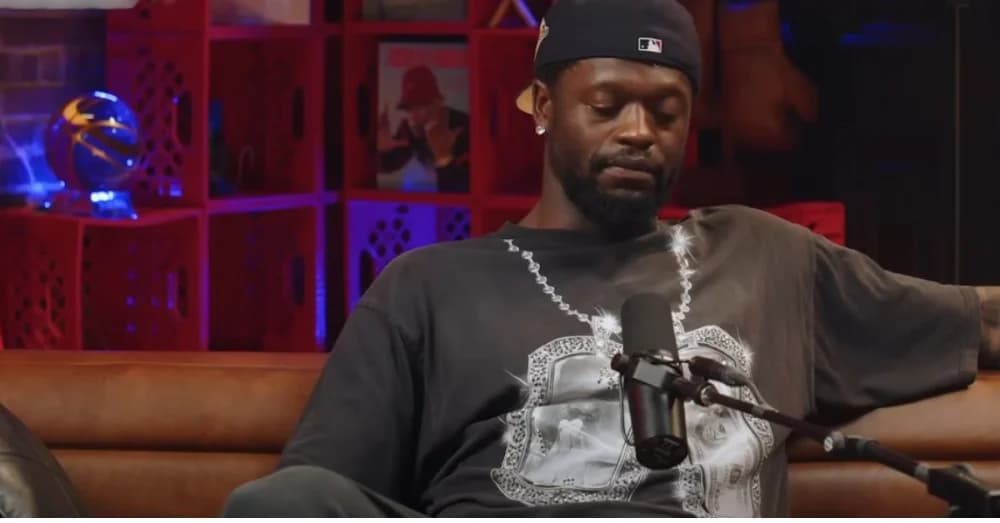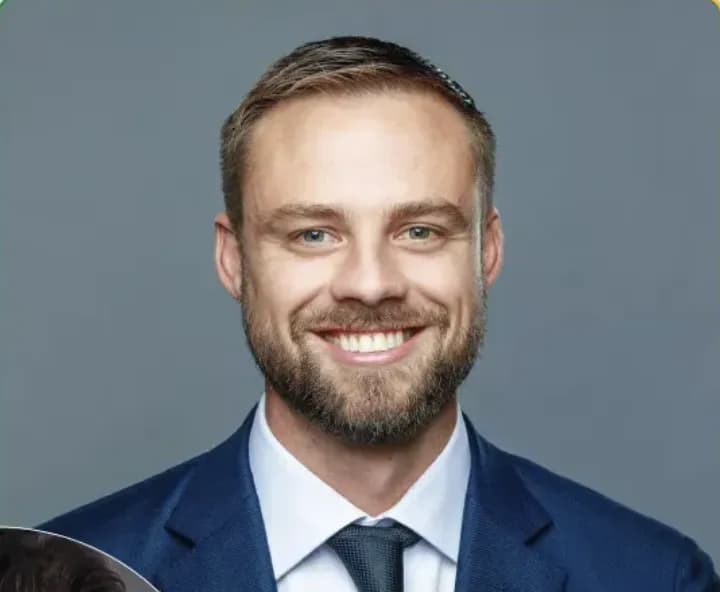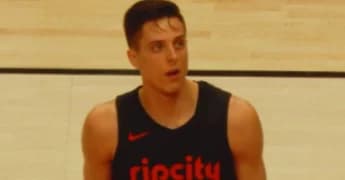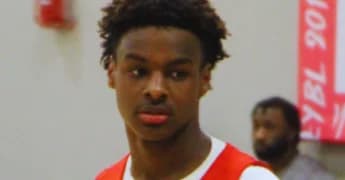Julius Randle, the New York Knicks’ three-time All-Star and two-time All-NBA forward, is set to become eligible for a contract extension on Saturday. The extension, potentially worth $181.5 million, presents a complex decision for both Randle and the Knicks, who must weigh the financial and strategic implications in the broader context of the team’s evolving roster and league dynamics.
The Numbers Game: Too High or Too Low?
Under the NBA’s veteran extension rules, Randle could sign a deal starting with a 40% raise in the first year, followed by 8% annual increases. Factoring in the $30.3 million he is set to earn this season, Randle could make $211.8 million over the next five years. However, this figure places the Knicks in a difficult position. For comparison, Jalen Brunson recently extended for $156.5 million over four years, yet Brunson is widely considered a more valuable player. On the flip side, OG Anunoby, a less individually accomplished player than Randle, just secured a $212.5 million deal over five years, adding to the complexity of determining Randle’s market value.
The New CBA’s Impact on Sub-Superstar Contracts
The NBA’s new collective bargaining agreement has shifted the market, particularly for players like Randle, who are not quite superstars but still command significant roles. The “second apron” restrictions make it harder for teams to commit large contracts to players who don’t offer maximum value. This change has led to more cautious spending on sub-superstar shot-creators, as seen with Brandon Ingram’s free agency and the reluctance to commit to players like Zach LaVine.
Julius Randle, while not a one-dimensional scorer like LaVine, has his limitations. He is a versatile shot-creator who has improved as a passer, but his inefficiencies, particularly his tendency to settle for difficult jumpers and turn the ball over, complicate his value. The Knicks no longer rely solely on Randle as they did in the past, with Brunson now leading the offense. This shift reduces Randle’s role, making it harder to justify a $45 million per year extension.
Randle’s Fit and the Knicks’ Roster Dynamics
The Knicks’ roster construction further complicates Randle’s extension negotiations. While Randle can still play a significant role, particularly in matchups where his physical style is advantageous, his skill set may not fully align with the team’s future needs. The emergence of players like Mikal Bridges, who could potentially take on a larger role as Brunson’s sidekick, and the additions of Donte DiVincenzo and Josh Hart, who bring valuable versatility, may reduce Randle’s offensive responsibilities.
The Knicks also face financial constraints under the second apron. With nine players already under contract for the 2025-26 season and limited cap space, committing to Randle’s max extension could severely limit the team’s flexibility. The front office must carefully consider whether Randle’s contributions are worth the long-term financial commitment, especially as the team looks to maintain and build around a core that includes Brunson, Bridges, and potentially a high-priced center.
Possible Outcomes and Strategic Considerations
As the Knicks navigate these challenging negotiations, several outcomes are possible. Randle could sign an extension at a lower value, perhaps $32 million per year, similar to deals signed by players like Jerami Grant. This would allow the Knicks to retain Randle while preserving some financial flexibility for other roster moves. Alternatively, Randle could choose to play out the season, risking a potential trade or a less favorable free agency market if he underperforms.
There’s also the possibility that the Knicks and Julius Randle fail to agree on terms, leading to a trade that could address other roster needs. The front office’s ability to strike the right balance between rewarding Randle for his contributions and maintaining the team’s overall financial health will be crucial in determining the Knicks’ trajectory in the coming seasons.
The Knicks’ Most Important Test Yet
This negotiation represents one of the most significant challenges the Knicks’ front office has faced in its quest to build a championship contender. The decisions made in the coming months regarding Randle’s future will have lasting implications for the team’s roster construction and competitive window. As the extension deadline approaches, all eyes will be on how the Knicks manage this pivotal moment in their ongoing rebuild.
Julius Randle, the New York Knicks’ three-time All-Star and two-time All-NBA forward, is set to become eligible for a contract extension on Saturday. The extension, potentially worth $181.5 million, presents a complex decision for both Randle and the Knicks, who must weigh the financial and strategic implications in the broader context of the team’s evolving roster and league dynamics.
The Numbers Game: Too High or Too Low?
Under the NBA’s veteran extension rules, Randle could sign a deal starting with a 40% raise in the first year, followed by 8% annual increases. Factoring in the $30.3 million he is set to earn this season, Randle could make $211.8 million over the next five years. However, this figure places the Knicks in a difficult position. For comparison, Jalen Brunson recently extended for $156.5 million over four years, yet Brunson is widely considered a more valuable player. On the flip side, OG Anunoby, a less individually accomplished player than Randle, just secured a $212.5 million deal over five years, adding to the complexity of determining Randle’s market value.
The New CBA’s Impact on Sub-Superstar Contracts
The NBA’s new collective bargaining agreement has shifted the market, particularly for players like Randle, who are not quite superstars but still command significant roles. The “second apron” restrictions make it harder for teams to commit large contracts to players who don’t offer maximum value. This change has led to more cautious spending on sub-superstar shot-creators, as seen with Brandon Ingram’s free agency and the reluctance to commit to players like Zach LaVine.
Julius Randle, while not a one-dimensional scorer like LaVine, has his limitations. He is a versatile shot-creator who has improved as a passer, but his inefficiencies, particularly his tendency to settle for difficult jumpers and turn the ball over, complicate his value. The Knicks no longer rely solely on Randle as they did in the past, with Brunson now leading the offense. This shift reduces Randle’s role, making it harder to justify a $45 million per year extension.
Randle’s Fit and the Knicks’ Roster Dynamics
The Knicks’ roster construction further complicates Randle’s extension negotiations. While Randle can still play a significant role, particularly in matchups where his physical style is advantageous, his skill set may not fully align with the team’s future needs. The emergence of players like Mikal Bridges, who could potentially take on a larger role as Brunson’s sidekick, and the additions of Donte DiVincenzo and Josh Hart, who bring valuable versatility, may reduce Randle’s offensive responsibilities.
The Knicks also face financial constraints under the second apron. With nine players already under contract for the 2025-26 season and limited cap space, committing to Randle’s max extension could severely limit the team’s flexibility. The front office must carefully consider whether Randle’s contributions are worth the long-term financial commitment, especially as the team looks to maintain and build around a core that includes Brunson, Bridges, and potentially a high-priced center.
Possible Outcomes and Strategic Considerations
As the Knicks navigate these challenging negotiations, several outcomes are possible. Randle could sign an extension at a lower value, perhaps $32 million per year, similar to deals signed by players like Jerami Grant. This would allow the Knicks to retain Randle while preserving some financial flexibility for other roster moves. Alternatively, Randle could choose to play out the season, risking a potential trade or a less favorable free agency market if he underperforms.
There’s also the possibility that the Knicks and Julius Randle fail to agree on terms, leading to a trade that could address other roster needs. The front office’s ability to strike the right balance between rewarding Randle for his contributions and maintaining the team’s overall financial health will be crucial in determining the Knicks’ trajectory in the coming seasons.
The Knicks’ Most Important Test Yet
This negotiation represents one of the most significant challenges the Knicks’ front office has faced in its quest to build a championship contender. The decisions made in the coming months regarding Randle’s future will have lasting implications for the team’s roster construction and competitive window. As the extension deadline approaches, all eyes will be on how the Knicks manage this pivotal moment in their ongoing rebuild.







